One of the best things that ever happened to our store was the temporary shut down of Diamond Comics.
Some of that had to do with luck. The province of Alberta sent non-essential businesses into lockdown just a few short days after Diamond’s last shipment, and had us open with limited capacity just a few days before Diamond wound things back up again. Much of it wasn’t luck.
Years ago, the store had started an in-city delivery program designed to get comics to folks with low mobility. For those who were just short on time, we charged a small delivery fee for the service. We had a website that featured a carefully curated selection of our wares, and had built out the way we acquired graphic novels utilizing other (better) distributors. Then, when were were closed, we ran a daily check-in stream, where we talked to folks live and recommended a title here and there. As time went on, I got a little weird with it, including one that I filmed from the bathtub, fully clothed.
We didn’t have the capacity to articulate what we were doing or why at the time. Truly, we were focused on making sure we survived and thrived through what we knew was only the beginning of something wild. Today, I would say we were building a sense of cultural and communal resiliency – and in this post-normal world, I think having communal resiliency is what will help us all see tomorrow.
By Brandon Schatz, with edits and contributions by Danica LeBlanc
Lately, I’ve been listening to a great daily podcast called It Could Happen Here. In its first incarnation back in 2019, the show took a look at the potential causes of a second American Civil War, and where the seeds were sown. It ended up being remarkably prescient due to host Robert Evans’ meticulous research and ability to parse points of data and human behaviour.
In its current form It Could Happen Here is a pod about how to survive “The Crumbles”, which is the term the team uses to describe this post-normal world. In each episode, at least one of the hosts tackles an aspect of our society that needs to be addressed and, more often than not, provides folks with a road map towards positive change.
One of the recent weeks of content was built all around the idea of promoting “communal resiliency”, wherein topics ranged from options for growing food without access to a proper garden, to acquiring different skills and preparing for potential gaps in the supply chain. This caused me to think about how many of these ideas could be applied to our industry, and what a store should be doing in the face of what’s to come.
Resiliency is going to be key to the world moving forward. As various things collapse, there’s going to be a move away from “specialization”, and towards a more ‘jack of all trades’-style approach to life in general. When this comes to stores, this does not mean having a wide range of product types – but a wide range of ways to engage with folks who may or may not know about their love of comics.
Now before I move on, I want to note a personal bias: we run a store with a laser-sharp focus. We bring in new and used graphic novels, as well as new single issues. We do not do back issues. We aren’t great at manga. We don’t do toys or games or cards. We do stories.
For many, this would probably seem like a recipe for disaster. We have not found that to be the case. Our 2019 to 2020 saw an increase in sales of 13% while our costs dipped slightly. Our 2021 is looking to blow the doors off of that kind of sales increase, all on the strength of said laser focus on what we’re good at. That said, I would completely agree with anyone who would look upon our store model and tell us it is not very resilient. It has a narrow focus, and that focus is not necessarily nimble. With this model, we will live and die off of the industry’s ability to produce great stories.
In many ways, we’ve been lucky to live in an era where the biggest problem comics seems to have is an overabundance of good stories. I’m talking with folks in the store constantly about how the bar has been raised, and with the volume of titles coming out, you have to be great to gain any traction at all. While books like Batman and Amazing Spider-Man will always have a certain amount of traction in the industry, most books outside of that bubble struggle mightily to move product unless they are outstanding. To that end, I understand why many retailers are frustrated by the output of the “big two”, where the corporate need to generate content and IP at a certain clip overcomes the need to make sure what comes out is great.
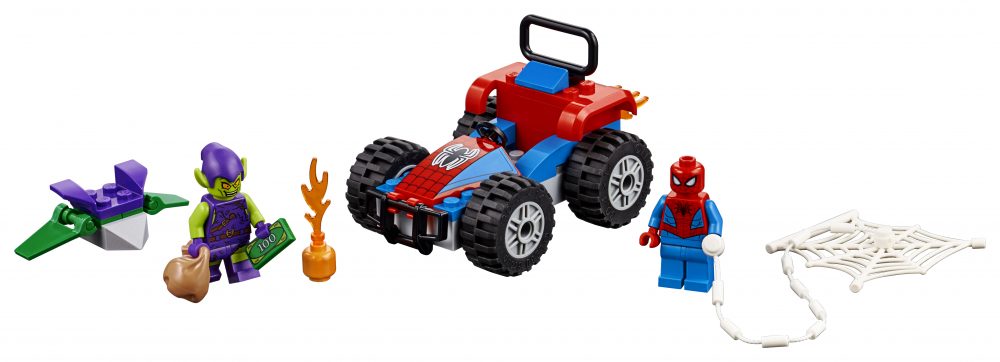
The good news? The comic book medium is in such a place that not everything needs to be great. The amount of engaged customers print comics generates isn’t anything that drives the world BUT, the format offers a cheap enough way to test ideas that whatever is sold doesn’t really matter. The “good” or the “bad” might not sell, but at this scale, it doesn’t matter. In the world today, the comic book medium is seen as an inexpensive means to gauge public engagement before pulling ideas and developing them for an audience of millions, and the financial loss of a comic that doesn’t hit is infinitesimal to the cost of a tv show or movie that doesn’t grab attention.
We in the “comic industry” (readers especially) might think of ourselves as arbiters of taste – and we very well might be, given the dominance of comics in the pop culture landscape right now – but we are very small potatoes. We grab and claw at tens of thousands of readers, while outside media blows the doors off of what we can manage.
This is where cultural relevancy comes in.
In my travels through comic retailer social media, there is an air of importance – especially among those who have been doing this for decades. There seems to be an importance placed on an accumulation of experience rather than of cultural relevance and resiliency. I can understand this to a point. Experience and time does offer insight into an area of expertise. However, such a commodity does not mean a lick when it comes to resiliency – and the “direct market” as a form and an idea seems to abhor resiliency.
In the past few weeks, I’ve had old school industry vets contact me directly and indirectly to tell me about how the current sales within the direct market are better than ever. While this is not a bad thing, I think many of them are overstating the importance of this fact. While it is a rarity in this day and age to see an increase in interest once an idea is launched, this increase hasn’t been built on the backs of a new readership, but an old one that seems to be reinvesting in something comforting.
I challenge any and all “direct market” advocates to provide something that shows an interest in the print single issue product that doesn’t rely on the exploitation of the current purchasing public. Personally, and anecdotally, the vast majority of people entering the medium are doing so utilizing graphic novels and sources like Viz’ remarkably cheap Shonan Jump app and places like Webtoon.
I don’t mean to be antagonistic with this request; I genuinely want to see something positive within the direct market process, because it is proven that stores closing means people leave the medium, full stop. That said, I am genuinely not seeing growth in the “direct market” style of comics that isn’t based off of the exploitation of the indoctrinated or the folks looking for a quick buck. Are most of your increases coming from an expanding of the readership? Or are they coming from within, putting more and more pressure on the system?
If you’re anything like me, and you’re seeing a negligible amount of readership increase in the “direct market” style of comic, you might be wondering how we progress from here. (And if you’re not like me, you’re probably preparing your cool guy response in your head right now.) Well, it all comes back to the concept of cultural resiliency – and the ways in which the industry is expanding right now.

Lately, there’s been a remarkable amount of effort spent hand-wringing about the Webtoon platform and creators who seem to be moving their creative efforts over to outfits like Substack. As a retailer, I can understand the impulse. At the core, these are platforms that we don’t immediately benefit from.
While many direct market advocates will talk about the merits of the print serialized format, they are also hooked on a form of instant gratification. They look at outlets like Webtoon and think “how is that benefiting me today?” instead of thinking about maintaining a business that has some cultural resiliency. Take a look at things this way: it has been less than a month since DC debuted their first Webtoon title (the hilarious and heartwarming Batman: Wayne Family Adventures), and the series already has over 600,000 subscribers. In the comic book industry, we know about subscriptions. In terms of a paid product, it is something that generally ensures the profitability of a series within a shop. If even one tenth of these people are engaged, this series has a readership that places it in the top 25 of single issues sold in print for August 2021.
What’s funny is, that’s generally a “worst case scenario”. When you subscribe to a Webtoon title, you receive a notification of every release under that title every time it comes out. “Likes” alone would suggest that the MINIMUM engaged audience at this point is over 60,000, which is something else. The direct market would LOVE something like this as an engaged base – which begs the question… why doesn’t the direct market have this kind of engagement?
The answer is surprisingly simple: people want access and simplicity, and print single issue comics do not offer them that outlet. In this case, simplicity means many things. “Free” is a big one. The utter simplicity of the Webtoon site and app is another. You don’t have to go anywhere, you just have to swipe, and the story is yours. From a very basic standpoint, the larger audience for comic product exists outside of what’s considered the “direct market”. The concepts become huge movies. The format becomes read by millions in digital formats. And graphic novels like Dog Man get initial print runs of 5 million to get things going. Meanwhile, single issue are struggling to get into the hundreds of thousands of copies, even with folks buying a multitude of covers. If the print single issue is at the forefront of culture, it is absolutely failing at its job. At best, it is a means to an end. Which brings us back to the idea of “resiliency”.
Within the comic industry, retailers tend to be fairly entrenched in old ideas, and the idea of “the direct market” in particular. Even companies like Bad Idea, who positioned themselves as disruptors, ended up regressing and utilizing Diamond as their distribution point for their more basic ideas. You might know Diamond as the company the two largest players in the industry have decided to move away from in the past year and a half. This would suggest that the future of this industry isn’t with the structure that defined the “direct market”, but something else entirely. I would also suggest that changes like this involve Marvel and DC (and many others) looking at a form of cultural and communal resiliency to survive, rather than resting on the laurels of structures that aren’t offering forward motion.
When I see comic shops bristle at things like DC rocking the Webtoon format and other like-minded products, I end up getting cranky. Here is a format that is bringing people in. The barrier being an opt-in version of monetization is largely irrelevant. As a person who grew up without money and utilized some free (and legal) online options to read comics, I find a great deal of value in access that breeds interest.
I believe that folks who can’t synthesize something like the popularity of DC’s Webtoon project(s) and similar bits of outreach are limiting their resiliency. A person can wax poetic about the difference between a free model and single issues all they want, but I would bet my actual heartbeat on the fact that the majority of new comic readers are going outside of the print single issue market, and are in fact coming in from the outside.
This doesn’t mean that the “direct market” isn’t doing well in this moment. In fact, Diamond has reported a nice increase of sales in the past couple years. That said, so much of this increase comes off the back of exploiting the already existing audience for print single issues and the products those folks end up double-dipping on.
If a comic shop intends to make it in the market today, it needs to pay attention to what’s out there, and how folks are consuming media – whether that’s through Webtoon, Viz, Marvel, DC or Netflix, Prime and the like. A store needs to look beyond what’s making them money today, and what will make them money tomorrow – and most importantly, shops and their owners and managers need to accept this shift in attention and work WITH it instead of against it.
There is a REASON DC went and started a partnership with Webtoon, just as there is a reason Marvel tried to make Webtoon-style comics of their own. This is what is driving the market. This is the future. And if you’re not on board, you will be left behind.
NEXT TIME…
This coming week is a planned skip week, partly to celebrate actual Thanksgiving. It is still colonial as hell, which sucks, but it largely celebrates the time a bunch of people didn’t freeze to death, so… yeah. Colonialism and not freezing to death. Classic Canada.
Some of the next planned columns will get into online subscription services, Marvel’s first month with Penguin, and how the single issue market has turned to scarcity and variants to save it while readers run anywhere else.


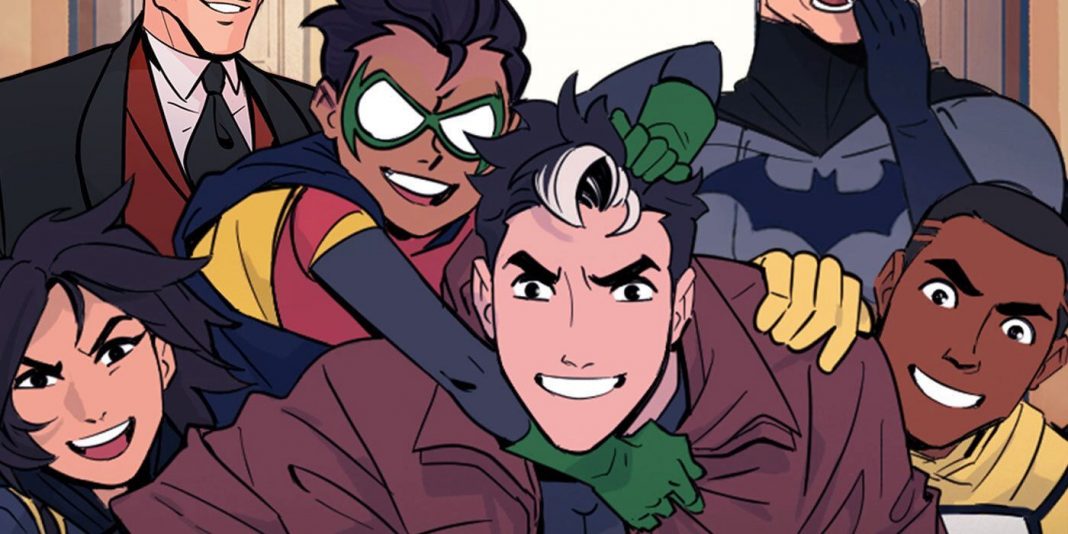
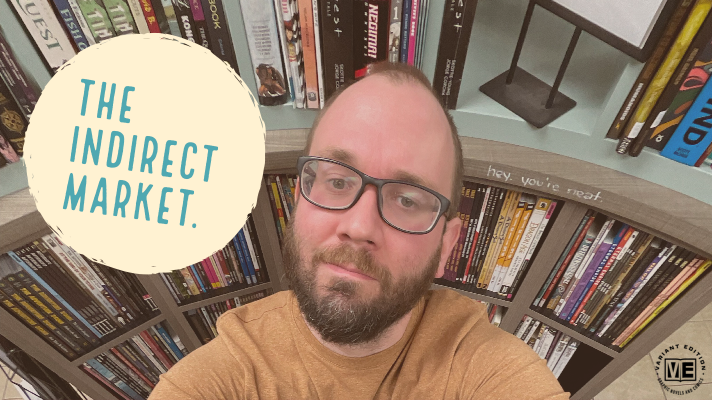
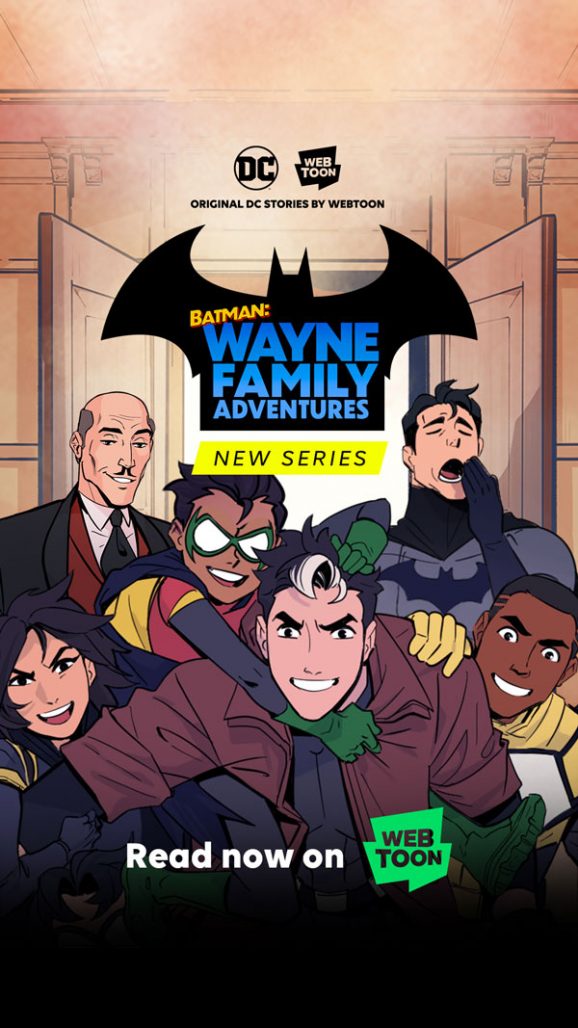
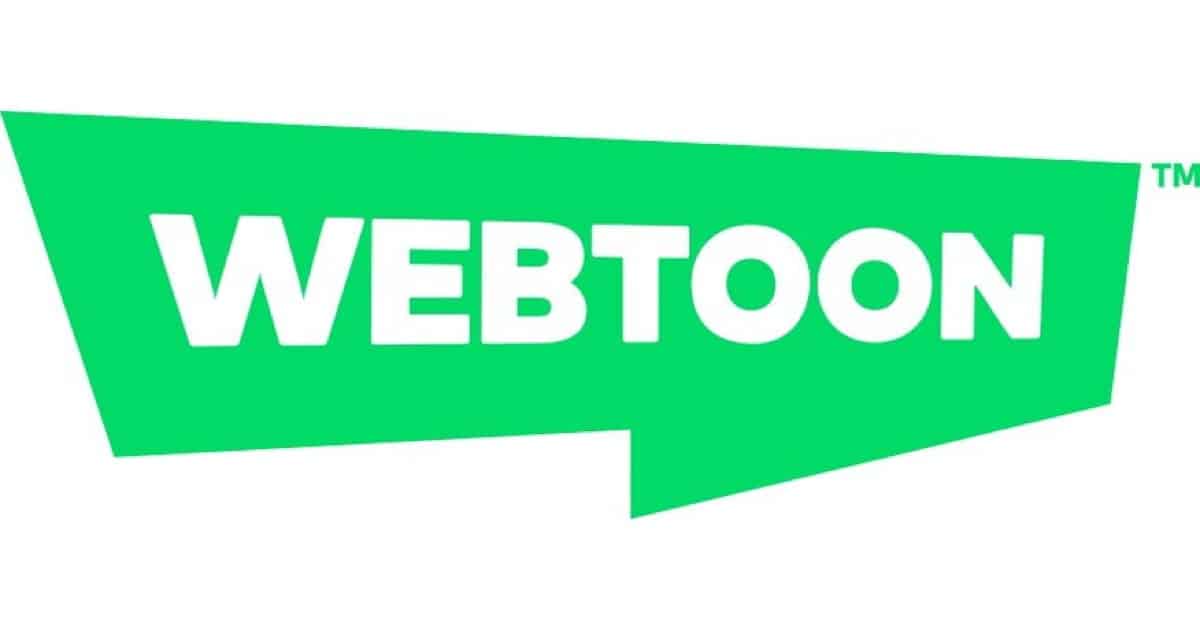

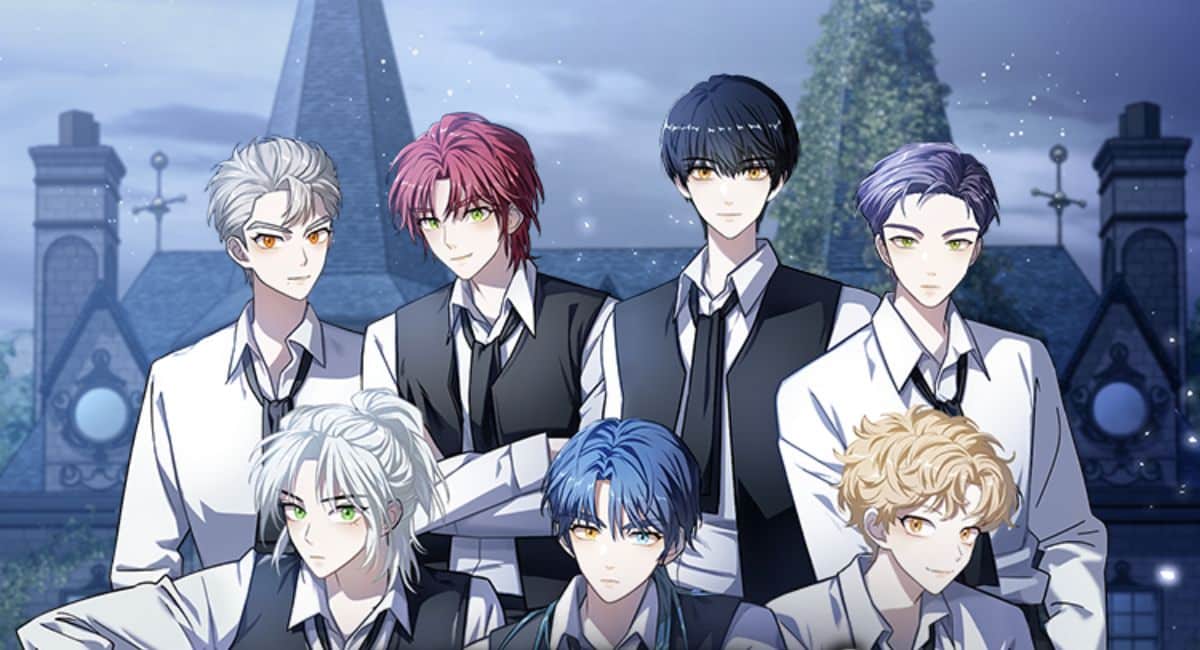



Regarding IP testing via comics, I think most fans engage in multi-media, either searching for those characters in films, cartoons, video games; or they want to escape, and comics are just another container for the genres and stories they enjoy.
If that crosses over or overlaps with a familiar property, like the Webtoons Batman comics, then it generates validity to their favorite genre, and also entertains and excites, which generates Word of Mouth praise, which is GOLDEN.
“Word of mouth” is fine; but having products to sell is how stores pay rent. Webtoons help me pay my staff and my rent and my distributors and my utilities (and and and…) about as much as MCU movies and WB TV shows do: basically not at all.
-B
Comments are closed.